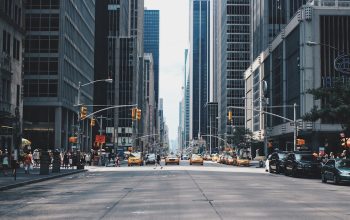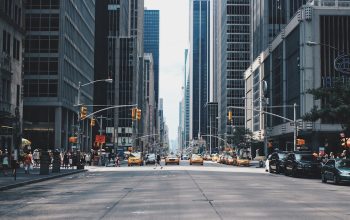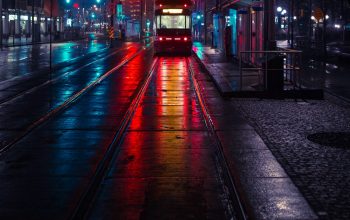Riverside's city planning initiative aims to delicately weave historical preservation with modern development, ensuring the city's architectural and cultural heritage is preserved amidst contemporary urbanization. The focus lies on sustainable and innovative designs in new developments, aiming for a seamless integration of past and future within the city's fabric. Planners are tasked with respecting Riverside's unique character, addressing residents' needs, and navigating the dynamic nature of urban growth to create a legacy that honors history while embracing modernity. This approach underscores the importance of thoughtful urban design and smart growth strategies in shaping Riverside's enduring story. The Historic Core stands as a testament to Riverside's commitment to preserving its architectural legacy, blending it with modern amenities for an enriching experience. City planning efforts prioritize a harmonious blend of the old and new, with zoning regulations in place to protect historical assets and foster sympathetic growth. The result is a city that honors its past while actively engaging with the future, demonstrating a balanced approach to urban evolution through careful city planning.
Riverside, a city rich in heritage and architectural significance, stands at a pivotal juncture where honoring its past meets the demands of modern urban development. As city planners navigate this complex terrain, the challenge is to harmonize the preservation of historical landmarks with the creation of contemporary spaces that cater to evolving community needs. This article delves into the intricate balance required in Riverside’s urban evolution, highlighting city planning as a vital tool in this endeavor. Through a lens focused on zoning strategies, preservation ordinances, and innovative adaptive reuse projects, we explore how Riverside is crafting its future with reverence for its storied past. Join us as we examine the city’s strategic approaches to maintaining its architectural legacy while embracing new developments, ensuring that Riverside’s history not only endures but also enriches its contemporary urban landscape.
- Balancing Past and Present: The Role of City Planning in Riverside's Historical Preservation vs. Modern Urban Development
- – Discuss the challenges and opportunities that arise when integrating historical preservation with modern urban development in Riverside. Explore how city planning can serve as a bridge between maintaining the city's rich heritage and fostering contemporary growth.
- Riverside's Historic Core: A Glimpse into its Architectural Heritage and City Planning Strategies
Balancing Past and Present: The Role of City Planning in Riverside's Historical Preservation vs. Modern Urban Development
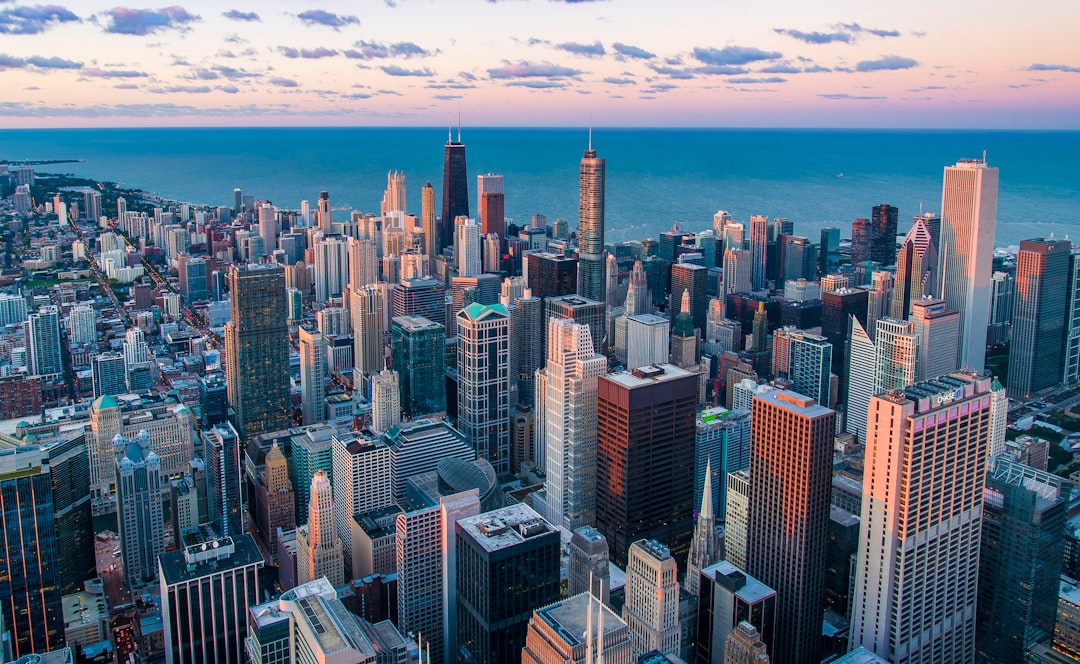
Riverside, with its rich tapestry of historical architecture and cultural significance, stands at a crossroads where respecting its past intersects with the imperative for modern urban development. City planning plays a pivotal role in navigating this delicate balance, ensuring that Riverside’s heritage is honored while facilitating growth that meets contemporary needs. The historical preservation efforts in Riverside are not merely about maintaining structures; they encompass safeguarding the stories and the essence of the community’s evolution over time. City planners must diligently integrate sustainable practices and innovative design within new developments, fostering an environment where the past and future coexist harmoniously. This dual approach requires a nuanced understanding of Riverside’s unique character, the needs of its residents, and the dynamic nature of urban growth. Through thoughtful city planning, Riverside can achieve a living legacy that respects its history while embracing the possibilities of modernity. The decisions made today will shape the city’s narrative for generations to come, making the role of city planning both critical and multifaceted in this endeavor.
– Discuss the challenges and opportunities that arise when integrating historical preservation with modern urban development in Riverside. Explore how city planning can serve as a bridge between maintaining the city's rich heritage and fostering contemporary growth.
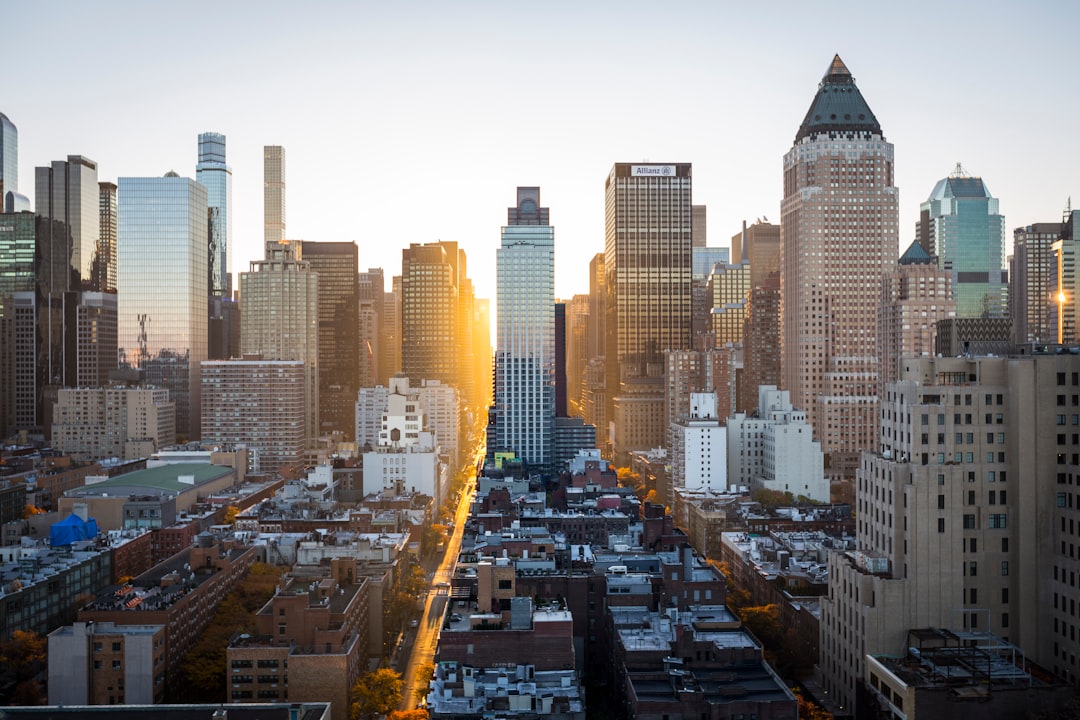
Riverside, with its storied past and rich architectural heritage, stands at a pivotal juncture where city planning plays a crucial role in harmonizing its historical significance with modern urban development. The challenge lies in preserving the city’s distinctive character while accommodating the needs of a growing population and the demands of contemporary living. This delicate balancing act requires a forward-thinking approach to city planning that respects the past but also plans for the future.
The integration of historical preservation with modern urban development presents unique opportunities for Riverside to lead by example, showcasing how a city can evolve without losing its identity. City planners must consider the adaptive reuse of historic structures, ensuring they remain functional and relevant in today’s context. This approach not only sustains the architectural legacy but also creates vibrant spaces that can attract new residents and visitors alike. Furthermore, thoughtful city planning can stimulate economic growth by revitalizing historical areas, transforming them into hubs of activity and innovation. The key is to implement strategies that honor Riverside’s heritage while embracing progressive urban design principles that cater to the needs of the present and anticipate future demands.
Riverside's Historic Core: A Glimpse into its Architectural Heritage and City Planning Strategies
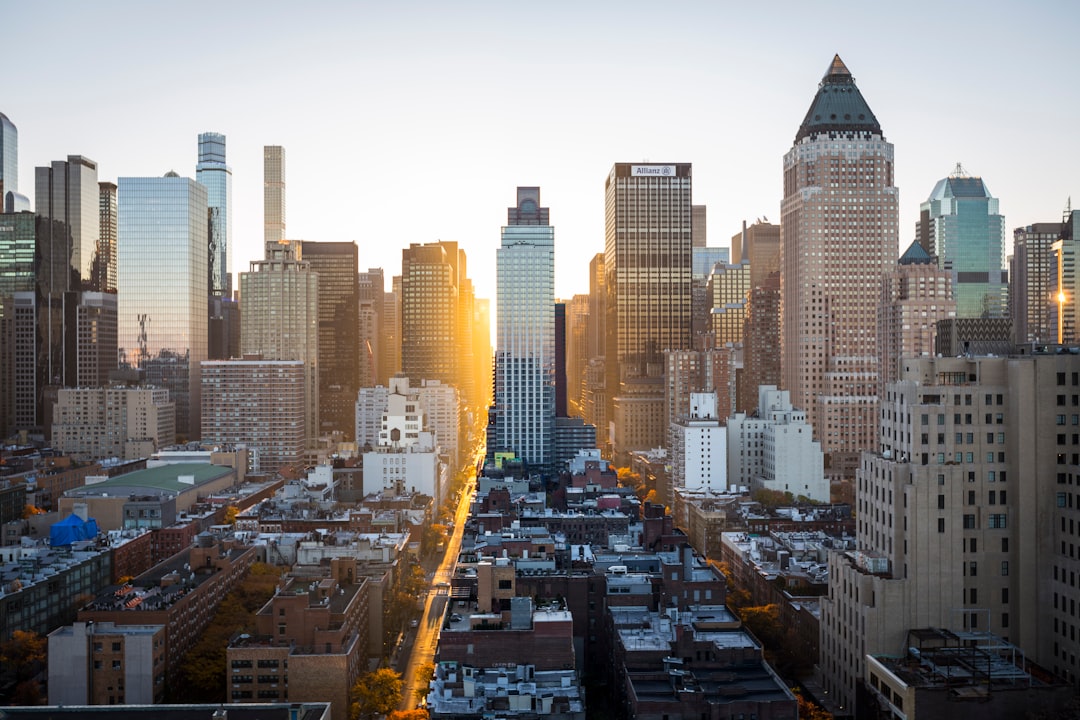
Riverside’s Historic Core stands as a testament to the city’s architectural heritage and thoughtful urban planning strategies that have shaped its identity over time. The area, with its collection of historic buildings, offers a glimpse into the region’s past, showcasing various architectural styles ranging from Victorian to Art Deco. These structures not only hold historical significance but also contribute to the city’s character and ambiance, inviting residents and visitors alike to walk through time-laden streets. The careful preservation of these landmarks is a nod to Riverside’s dedication to maintaining its rich history while integrating modern amenities and conveniences that cater to contemporary lifestyles.
In planning for the future, Riverside has employed a blend of traditional city planning principles and innovative approaches to ensure that growth complements rather than compromises its historical assets. The city has implemented zoning regulations that protect these architectural treasures while encouraging new developments that resonate with the area’s heritage. This balance between honoring the past and embracing the future is evident in the city’s ongoing projects, which often feature adaptive reuse of historic structures or thoughtful new constructions that harmonize with their surroundings. Through these efforts, Riverside continues to evolve, maintaining its architectural charm while accommodating the needs of a dynamic and growing urban population.
Riverside’s narrative is one of harmonious balance, where city planning plays a pivotal role in safeguarding the city’s architectural heritage while embracing contemporary urban development. The intricate interplay between preserving historical sites and adapting to modern needs presents unique challenges and opportunities for Riverside’s growth. By thoughtfully integrating past and present, the city can uphold its rich legacy while progressing into a dynamic future. This delicate dance between history and innovation underscores the importance of informed and proactive city planning—a discipline that remains central to Riverside’s ongoing renaissance. As the city continues to evolve, it is this foresight in urban development that will ensure Riverside’s historic charm endures for generations to come.

